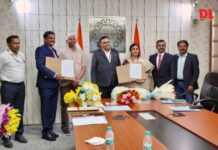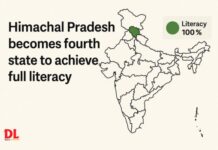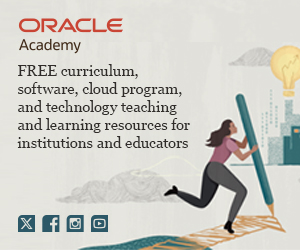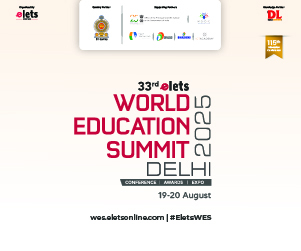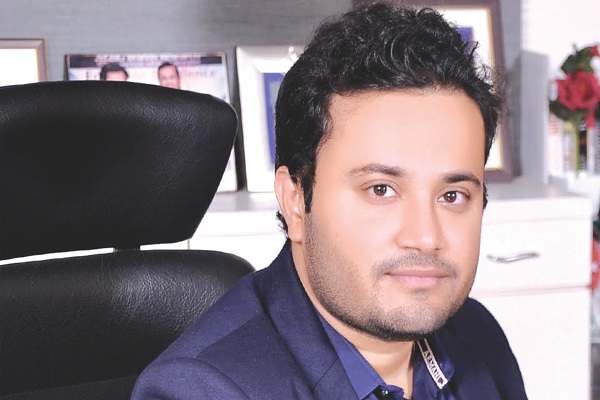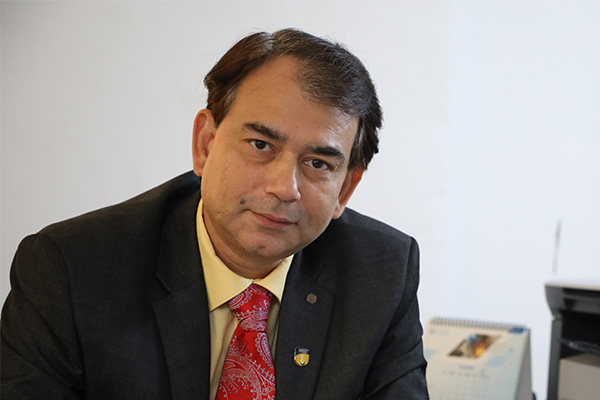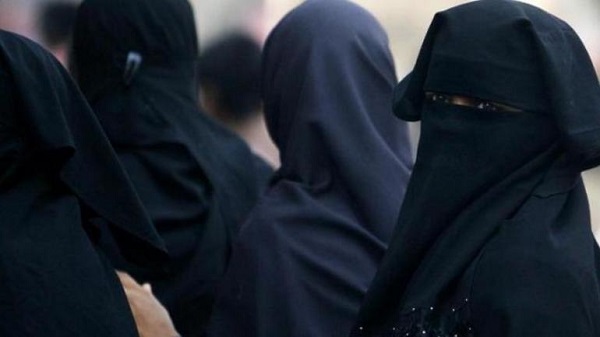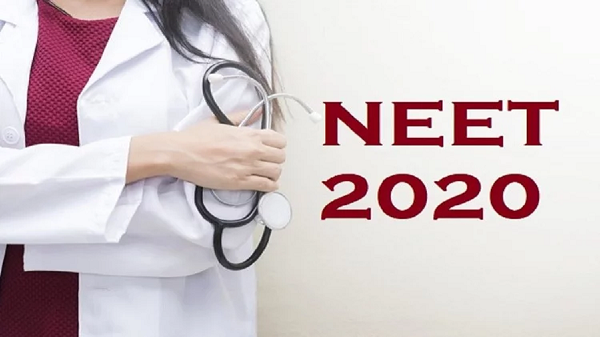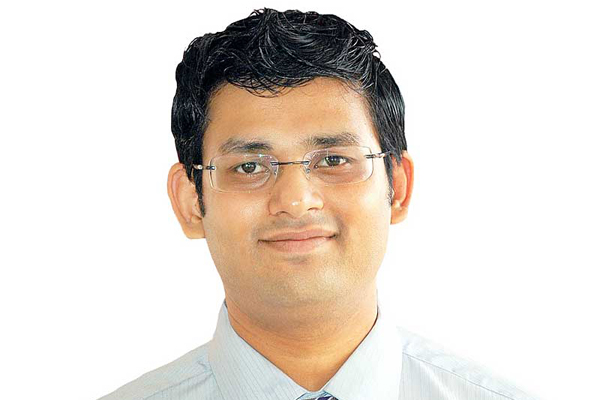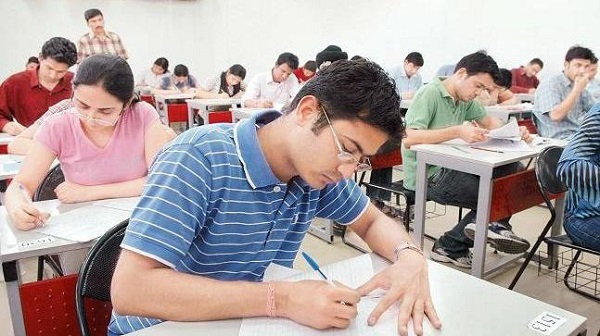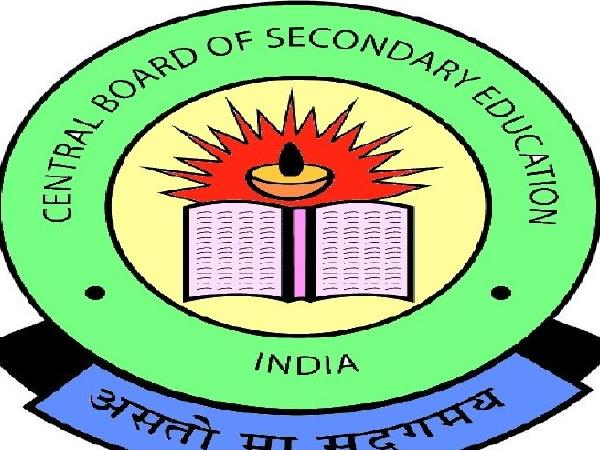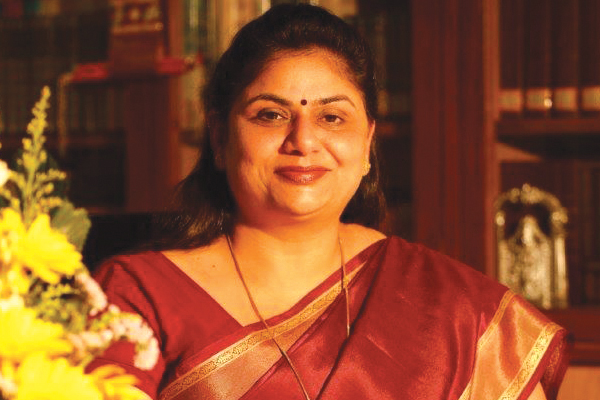We have collaborated with internationally acclaimed icons like M.S. Dhoni, Jwala Gutta, Saroj Khan and Shankar Mahadevan with an aim to provide professional training in the field of sports and performing arts to our students and transforming their potential into success stories, says Chandan Agarwal, Chairman, G.D. Goenka Public School, in an interview with Elets News Network (ENN).
Built over 4 acres along with world class infrastructure in Kanpur, what is the mission and vision of your school?
MISSION: Our mission is to become the number one school that is a preferred choice of parents and students like. We focus all our efforts towards providing the students with the best of the facilities and resources and helping them grow up to their full potential and grow in all areas—be it physical, intellectual, moral or social
VISION: Our vision is to provide value based education that is globally benchmarked with the world. Our endeavor is to grow our students into aesthetically rich, intellectually aware and well grounded individuals capable of fulfilling their dreams and aspirations and contributing positively to the society.
Along with academic competition, schools need skill and propagation for survival. At G.D. Goenka, how do you cope up with competition?
Since its inception, G.D. Goenka has not considered itself to be part of any competition. Our ideology, promotes relentless efforts to surpass one’s own limits, to continuously improve. We focus on harnessing the inherent talents and potential of the students and providing them with frequent opportunities to showcase their skills.
We feel immense pride in sharing that ours is the only school which has collaborated with internationally acclaimed academies of icons like M.S. Dhoni, Jwala Gutta, Saroj Khan and Shankar Mahadevan with an objective to provide professional training in the field of sports and performing arts to our students and transforming their potential into success stories. To add on, ours is also the first school in the city to initiate an in-house Career Counselling Lab.
What are the initiatives taken by your school to make it safe and secure for the students?
The safety and well being of our students in the school premises has been our major concern. The school is under the surveillance of more than 100 cameras. Each school bus also has cameras installed and can be tracked at all times with the help of the GPS. Guards are on duty on every gate of the school 24×7. The school does not permit senior students to commute by themselves to school and vice-versa. Id cards and pick up authority cards are mandatory for guardians and parents.
Technology plays a pivotal role in Education. How it is making an impact in the classrooms?
Being one of the most futuristic schools, the use of technology becomes quintessential to our teaching pedagogy. Lesson plans based on VAK technology (visual, audio and kinesthetic) cater to students with varied intelligences. All our classrooms are equipped with smart classes which definitely are very helpful in explaining typical concepts in a smooth and easily comprehensible method. Workshops on integrating technology with teaching are frequently conducted for our facilitators.
What are your future projects or initiatives to emerge as one of the best schools in the country?
Education sector is going through a challenging period at present. However, in spite of all the obstacles, we are completely focused towards the holistic development of our students and have never compromised as long as the future of our students is concerned. As stated earlier, the school has collaborated with renowned Sports and Performing arts academies to provide an unparalleled, professional training, and hands on experience that will undoubtedly play a pivotal role in chiseling the potential of our students and enabling them to become the Champions of Tomorrow.

